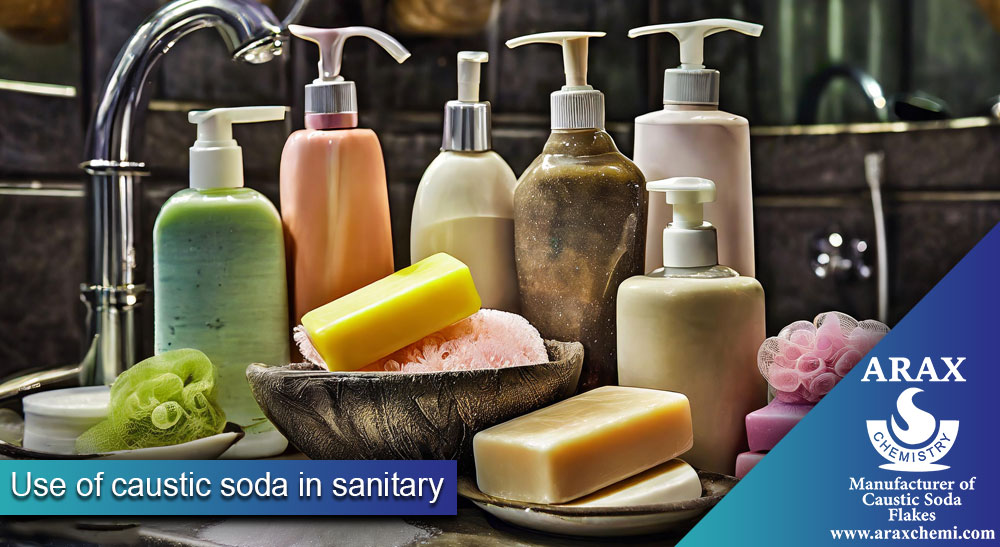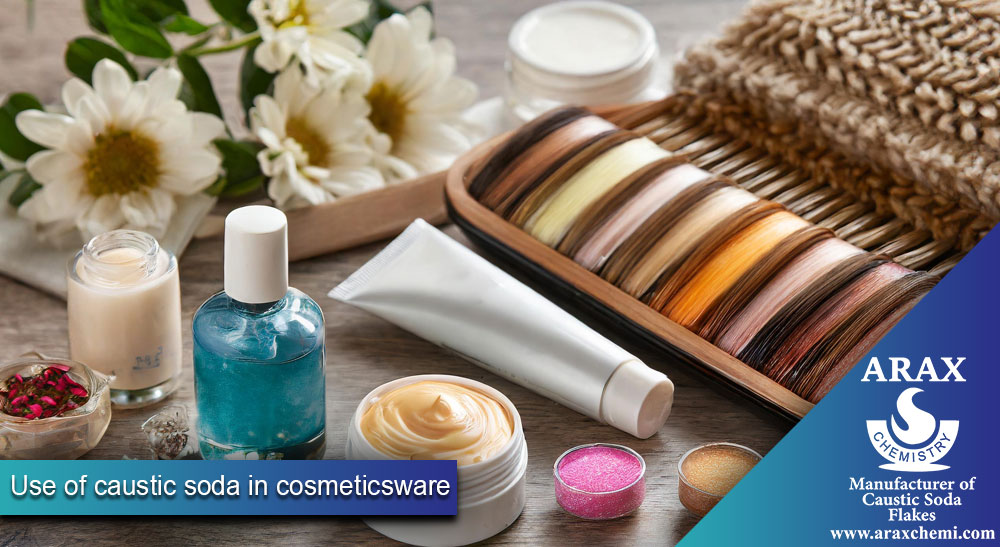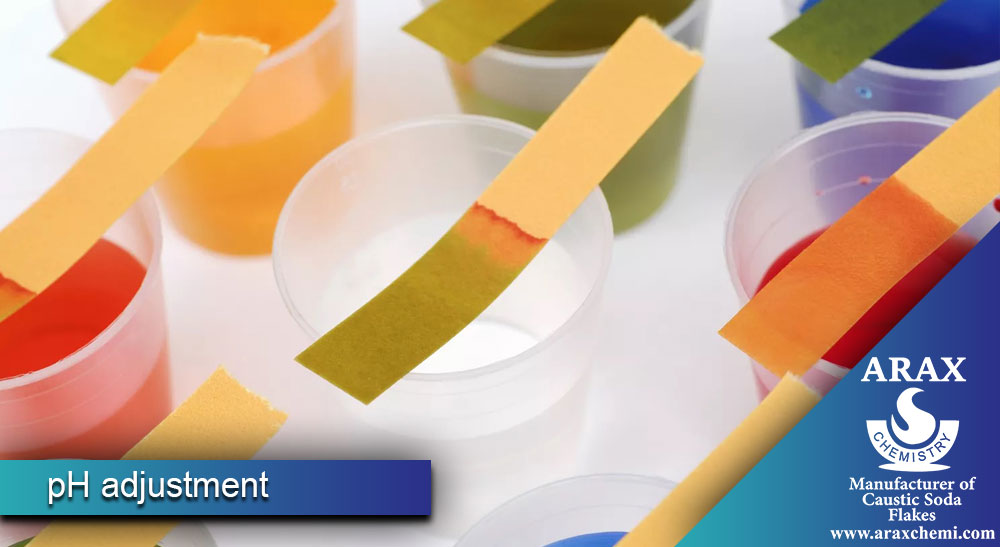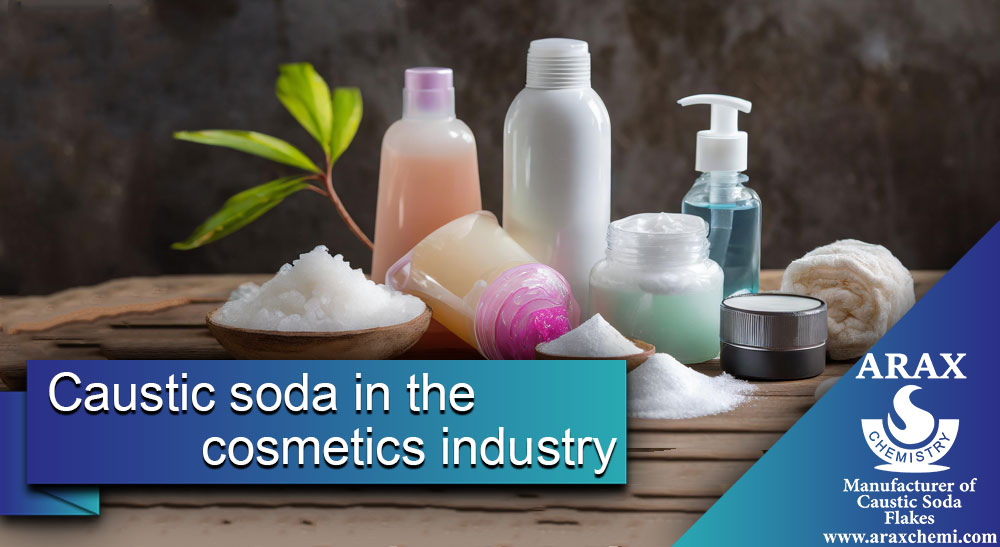Caustic soda is a chemical used in the cosmetic industry. This substance has the ability to clean and dissolve deeply and gives various properties to cosmetic products. However, the use of caustic soda in the production of cosmetic products may be associated with problems and side effects associated with the use of this substance. In this article, we examine the use of caustic soda in the cosmetic industry and introduce solutions to reduce the problems associated with the use of this substance.
Sodium hydroxide is an ingredient found in many household products from beauty and personal care to cleaning products and even industrial solvents. When it comes to your beauty regimen, it usually includes moisturizers, makeup, shaving foam, shampoo, hair color, depilatories, sun tanning products, and more.
What are cosmetics?
Health cosmetics are related to two important aspects in relation to chemistry: the chemical compounds in them and their effects on the body.
Cosmetics may contain different chemical compounds. Some common ingredients in these products include dyes, pigments, fragrances, preservatives, emulsifiers, and lubricants. The purpose of using these chemical compounds is to create a realistic, colorful and stable appearance on the skin and hair. Chemical compounds in cosmetics may have various effects on the body. Some ingredients can cause allergies, irritation and sensitivities in some people. In addition, some substances may cause blockage of skin pores, dryness, inflammation and other skin problems.
Is caustic soda used in cosmetics?
Caustic soda or sodium hydroxide (NaOH) is a strong alkaline substance and is known as a strong and dangerous chemical. The use of caustic soda in cosmetics is very rare and is mainly used in the soap making industry and the production of washing products. In case of incorrect or careless use of caustic soda, it can lead to damage and burns to the skin and eyes. The use of strong substances such as caustic soda in cosmetics is very rare, as there are other substances and safety and quality considerations for this purpose. The cosmetics industry tries to avoid high risk substances and their unauthorized use in their products. In addition, regulatory agencies have strict requirements and regulations that manufacturers must follow to ensure the safety of cosmetic products.

Therefore, in general, the use of caustic soda in cosmetics is very rare, and it is recommended to always check the product label and use products that are approved by reputable organizations and comply with safety and quality standards.
Caustic soda in sanitary ware
Using caustic soda (sodium hydroxide) in hygiene products directly on skin or hair is very rare and not recommended. Because caustic soda is a strong alkaline substance that can cause skin irritation, dryness and burns. However, some health products such as soaps, shampoos, and face washes may contain a small amount of caustic soda. This use as an alkaline agent may be considered to adjust the pH of the product, improve the washing properties and maintain the stability of the product. However, the amount of caustic soda used should be in a safe and non-irritating range so that it does not cause problems for daily use on the skin.
Caustic soda in cosmetics
While sodium ions are harmless, hydroxide ions play a much more active role. Finally, this is the reason why sodium hydroxide is added to so many products because of its ability to balance pH levels. In water-based products, high levels of hydrogen lead to high levels of acidity. The addition of hydroxide can convert the excess hydrogen into a neutral solution and make it safe to use. When adding sodium hydroxide, most of the hydroxide ions are neutralized and converted to water, no longer a threat to your skin. Meanwhile, the sodium ions simply float away.
Use of caustic soda in sanitary ware

Caustic soda (sodium hydroxide) may be used in smaller amounts as a pH adjusting or cleaning agent in some toiletries. These uses are generally used in industrial and industrial products and are not recommended for direct application to the skin or hair. Some examples of the use of caustic soda in sanitary ware are:
- Soaps
- Shampoos
- Face wash products
soaps
Caustic soda may be used in soap formulations as a pH adjusting agent. This substance can adjust the pH of the product and improve washing properties.
Shampoos
In some shampoos, caustic soda is used as a pH adjusting agent. This material can help the pH of the product to be in the right range and have better washing properties.
Face wash products
Some face wash products may contain caustic soda. This is used to adjust the pH of the product and improve washing and cleaning properties.
Use of caustic soda in cosmetics

Caustic soda (sodium hydroxide) is generally used in cosmetics in smaller amounts as a pH adjusting agent. Below are some cosmetics that may contain caustic soda:
- hair color
- Halaji creams
- Nail products
- Body lotions and creams
hair color
In some hair dyes, caustic soda may be used as a pH adjusting agent. This substance can help adjust the pH of hair color and improve the performance of coloring.
Halaji creams
In some face creams, caustic soda may be used as a pH-adjusting agent. This substance can adjust the pH of Halaji cream and improve its properties.
Nail products
Some nail products such as glitter powder have caustic soda in their ingredients. This use can help to adjust the pH of the product and improve the strengthening properties and shine of the nails.
Body lotions and creams
In some body lotions and creams, caustic soda is used as a pH adjusting agent. This substance can adjust the pH of the product and improve the moisturizing and softening properties.
Advantages and disadvantages of using caustic soda in cosmetics
Using caustic soda (sodium hydroxide) in cosmetics has advantages and disadvantages. In the following, I will mention some of these advantages and disadvantages:
Advantages
Cleaning power
Caustic soda is a strong alkaline substance and is capable of deep cleaning. In some cosmetic products, caustic soda is used as a strong cleaning agent.
pH adjustment

Caustic soda can be used as a pH regulator in cosmetic products. By using caustic soda, the pH of the product can be adjusted to the required value in order to improve certain properties such as better absorption of active ingredients or to maintain the stability of the product.
Disadvantages
Risk of burns and skin irritation
Improper use of caustic soda can cause burns, irritation and dry skin. The skin of the face and other sensitive areas of the body are especially vulnerable, and improper use of caustic soda can lead to damage to these areas.
Incompatibility with the skin
Some people may be allergic to caustic soda. Using products containing caustic soda can lead to skin irritation and inflammation in these people.
Danger to the eyes
Improper use of caustic soda in products that can be used near the eyes can be dangerous and cause eye damage and inflammation.
Conclusion
In this article, the applications of caustic soda in hygiene and cosmetics were discussed. In short, caustic soda (sodium hydroxide) is used in some toiletries and cosmetics as a pH-adjusting agent. This ingredient can help adjust the product’s pH and improve washing, cleaning, coloring, firming and moisturizing properties. However, the use of caustic soda should be limited to a safe and non-irritating amount so as not to damage the skin and hair.

